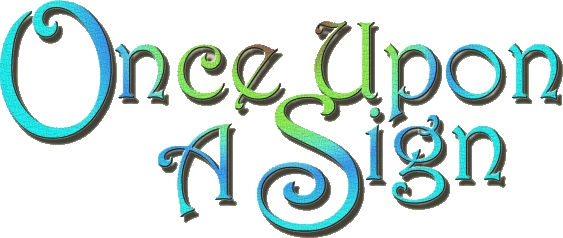If you are following this series, you know we are talking about the science behind good sign design, and how this applies to digital sign content as well. In our first post, we reviewed content considerations as a whole. This brought us to Part 1, CLEVR acronym for Conspicuity, Legibility, Visibility and Readability. We reviewed Conspicuity and what it means in the application called Dynamic Signage. If you haven’t read up on the premise, do so with the link above.
 Today, we focus on Legibility. As we learned, CLEVR is evaluated according to the application. Within a textbook, for example, conspicuous text is not the aim. Legible and readable content is of great importance.
Today, we focus on Legibility. As we learned, CLEVR is evaluated according to the application. Within a textbook, for example, conspicuous text is not the aim. Legible and readable content is of great importance.
A document from the International Sign Association (ISA) regarding sign legibility gives us a clear definition, “Legibility: The physical attributes of a sign that allow for differentiation of its letters, words, numbers, or graphics and that directly relate to an observer’s visual acuity. Legibility is considered an objective stimulus.”
What does this mean for dynamic sign content?
The “physical” attributes would in this case be the contrast between message text and background, the clarity of the image, glare or reflectivity of the display screen, size of the text and graphics, and the motion effects that may be in play.
Typographic elements are the focus here, no pun intended. Font style, size, color, spacing, and whether the font is ornate, upper case, lower case — these are all factors that create degrees of legibility. Obviously, light yellow letters on a white background will not be particularly legible. If, however, you add a black pin-line around each, you can increase legibility. Now, factor in motion – if you have created an electronic message with letter characters that bounce on the screen, you have decreased legibility. The same goes for very small fonts, which are commonly used in the “fine print” for car commercial interest rates and lease information.
We, as sign designers, are sometimes drawn to a zesty or ornate font, in order to convey a particular spirit or feeling in our messaging. Some typefaces are just designed to stand out from the crowd. To the degree that a typeface has personality, spirit, or distinction, however, it almost always suffers proportionally on the legibility scale. We have found over the past three years that when designing dynamic content, less is more. The most legible typefaces are “transparent” to the reader–that is, they don’t call undue attention to themselves.
Look for fonts that not excessively light or bold, weight changes within character strokes are subtle, and serifs, if the face has them, do not call attention to themselves. Use zesty or elegant cursive styles in moderation, and keep their movement to a minimum.
Next post, we look at the quality of Visibility. Yes, another factor in good dynamic sign design!


